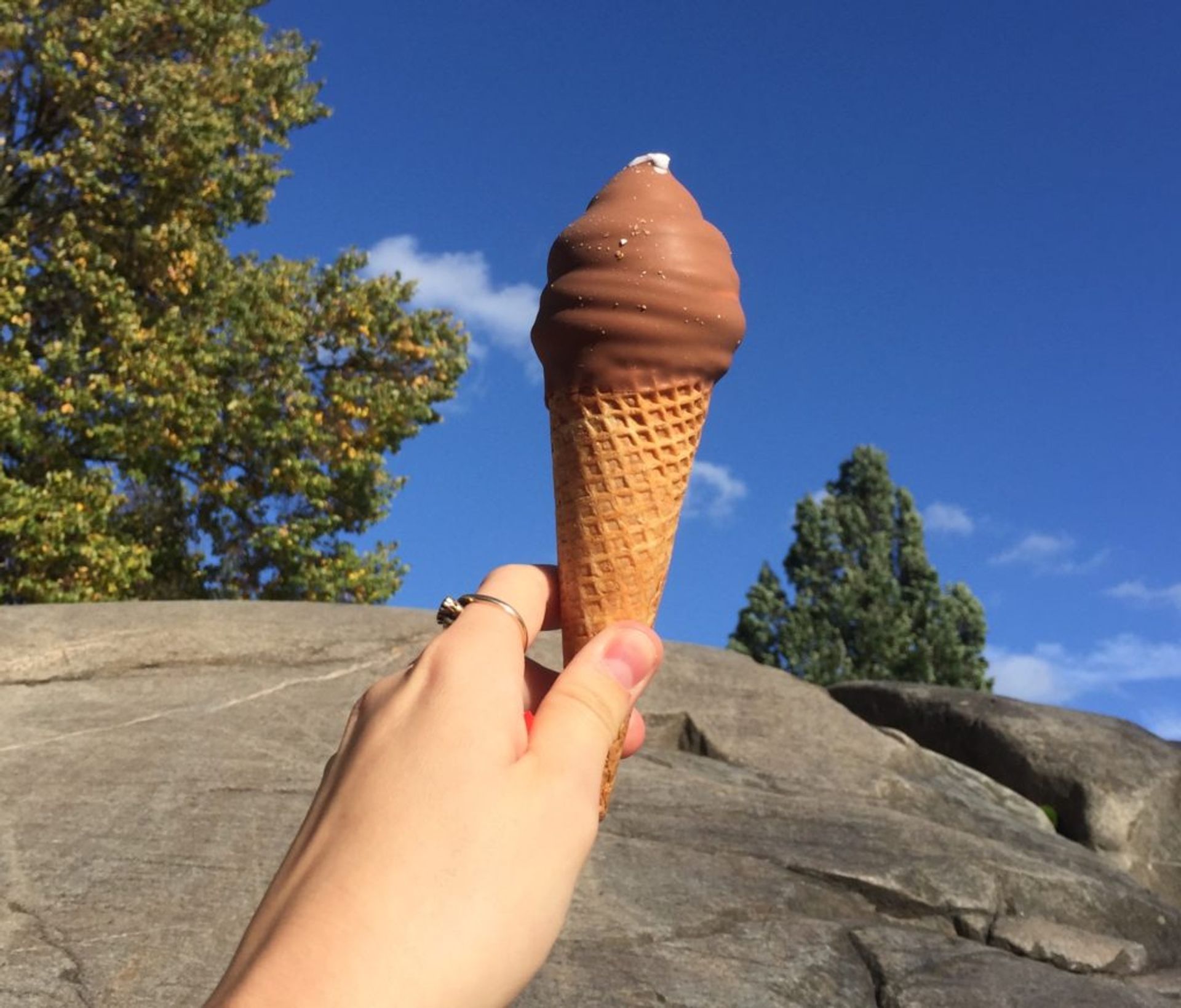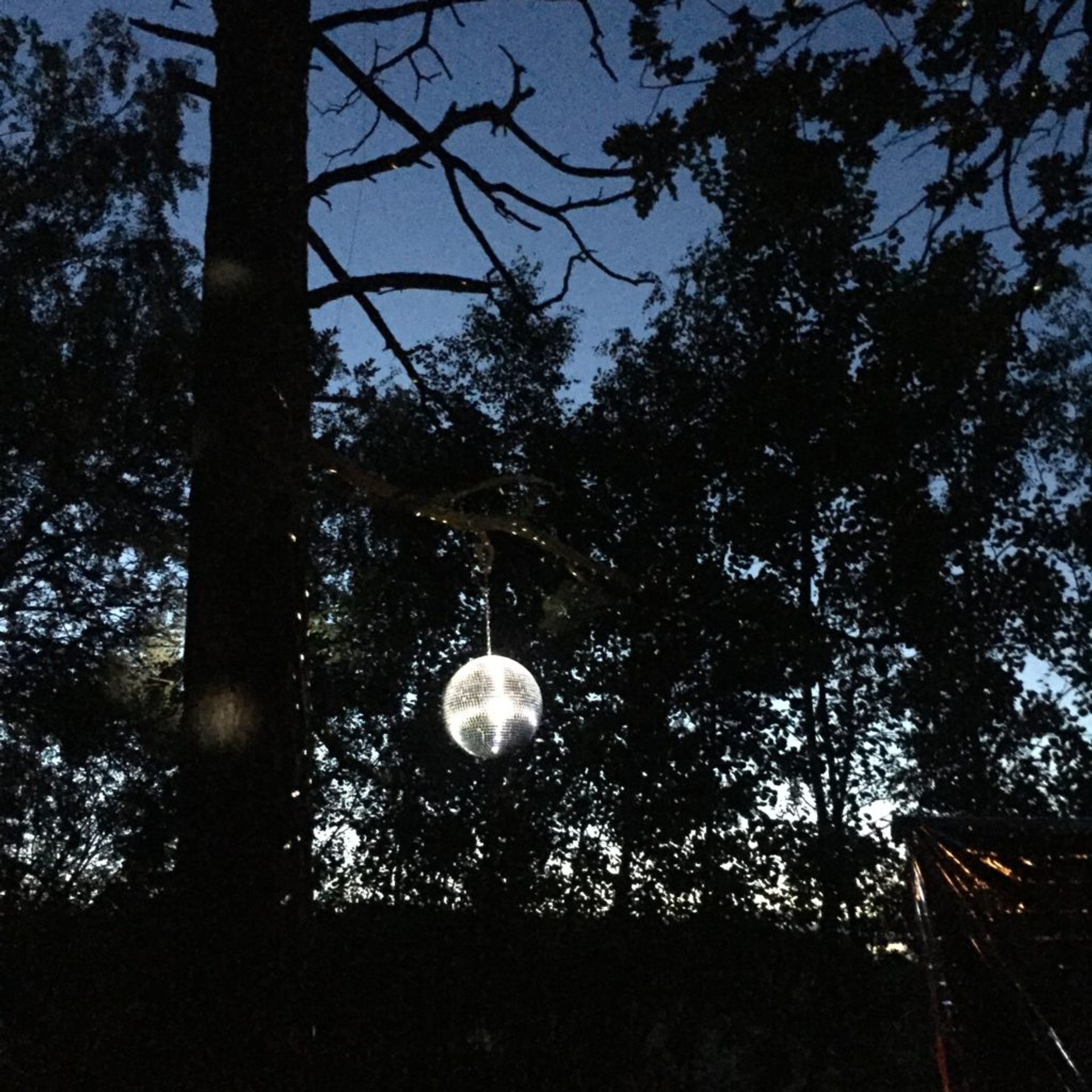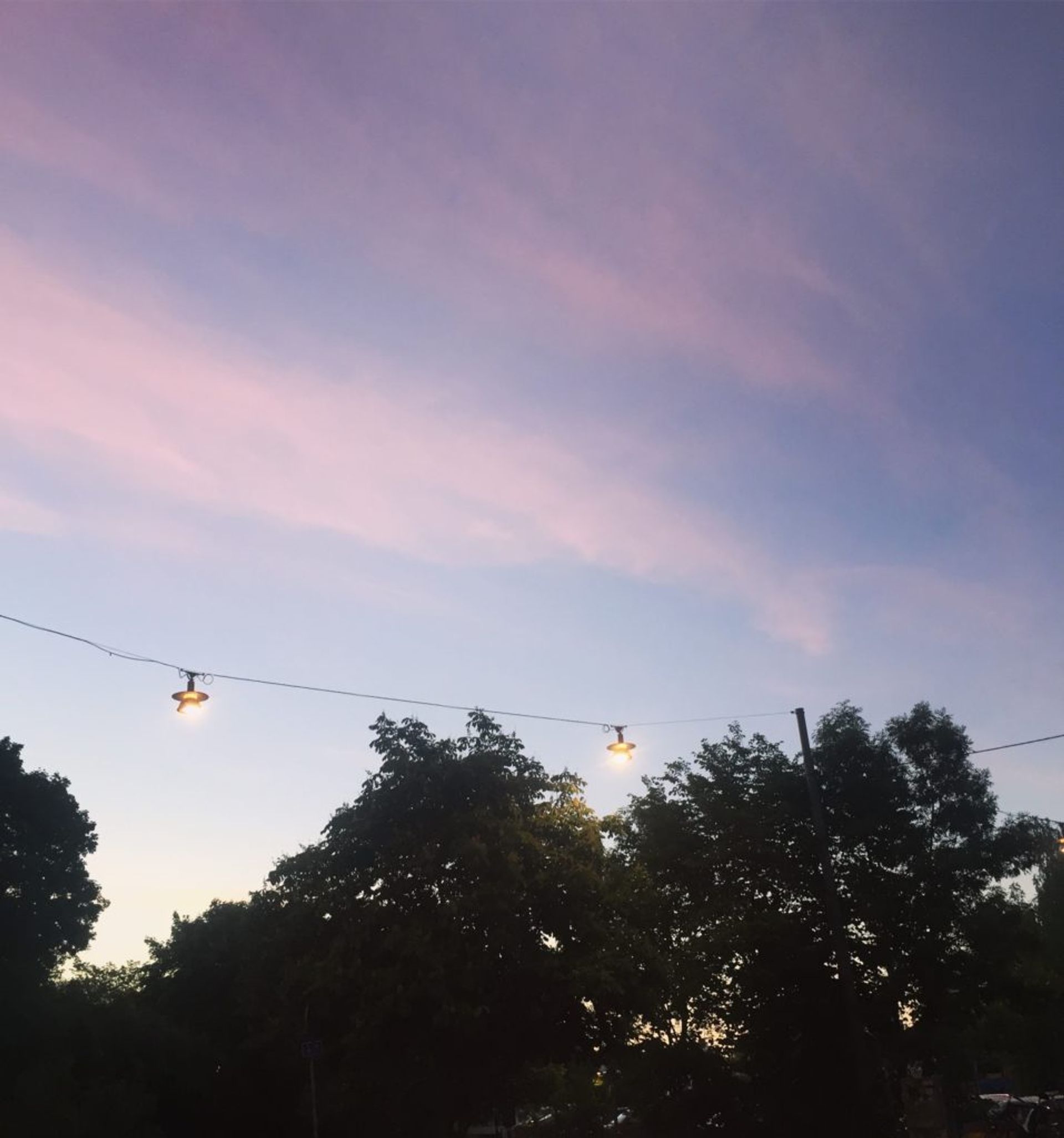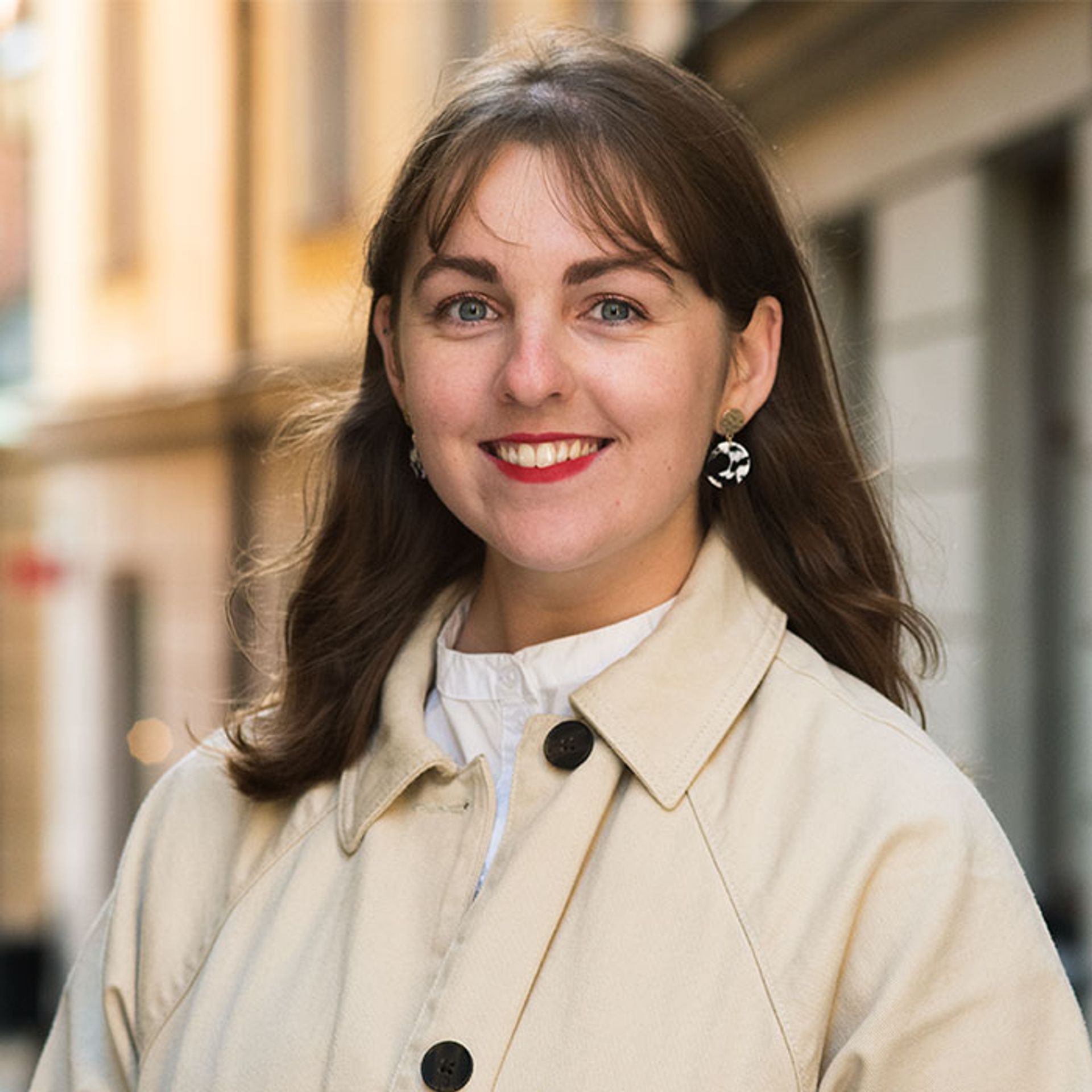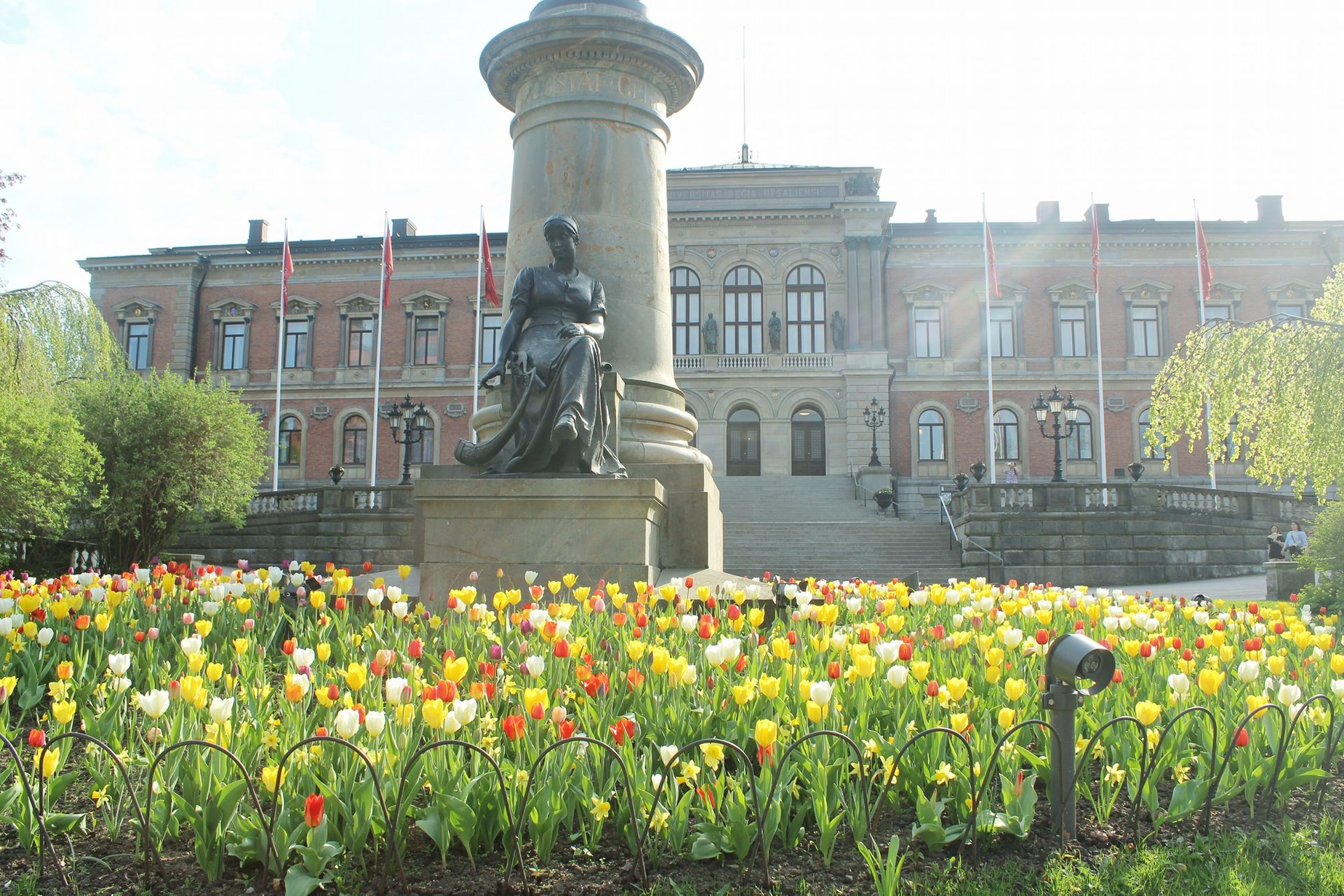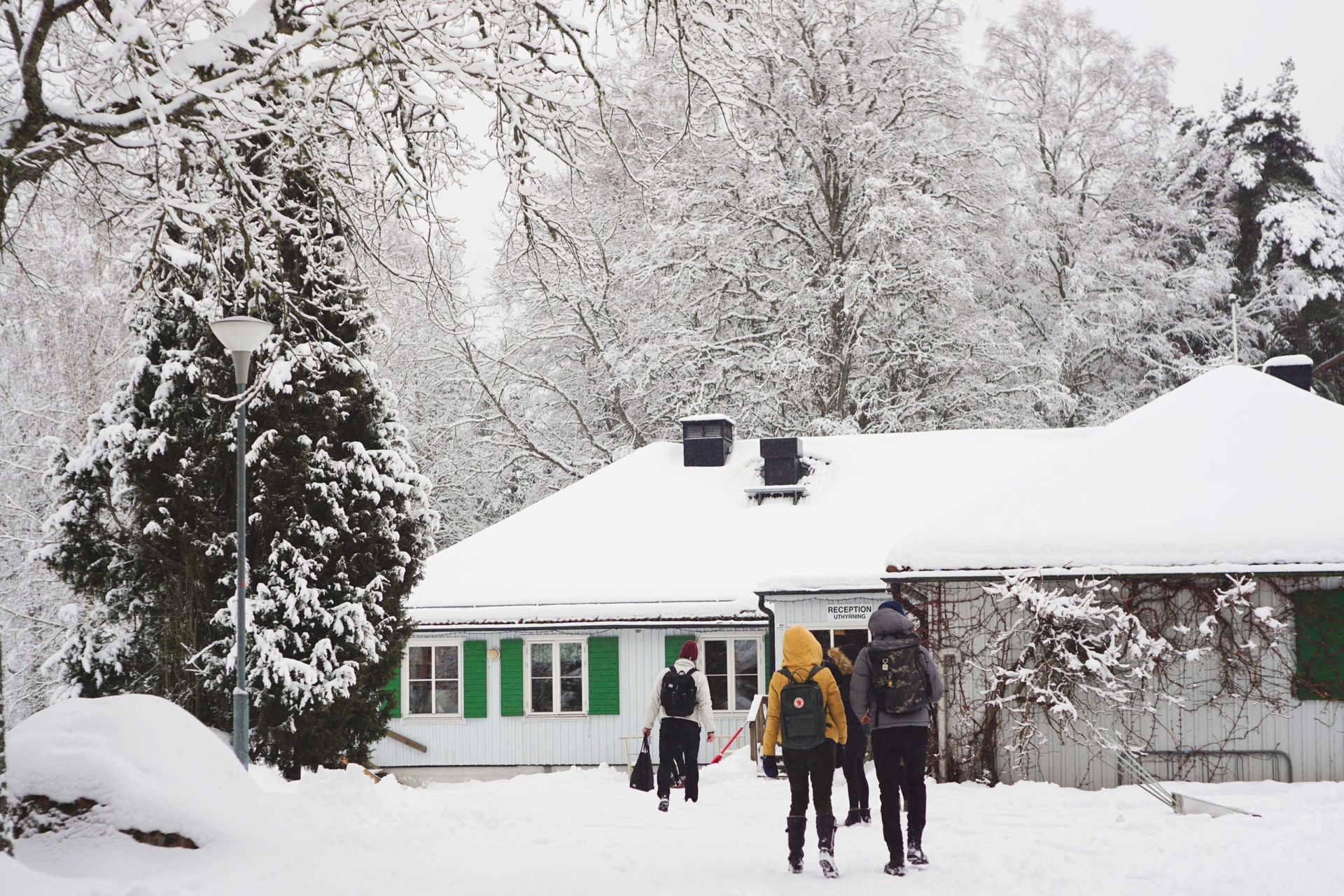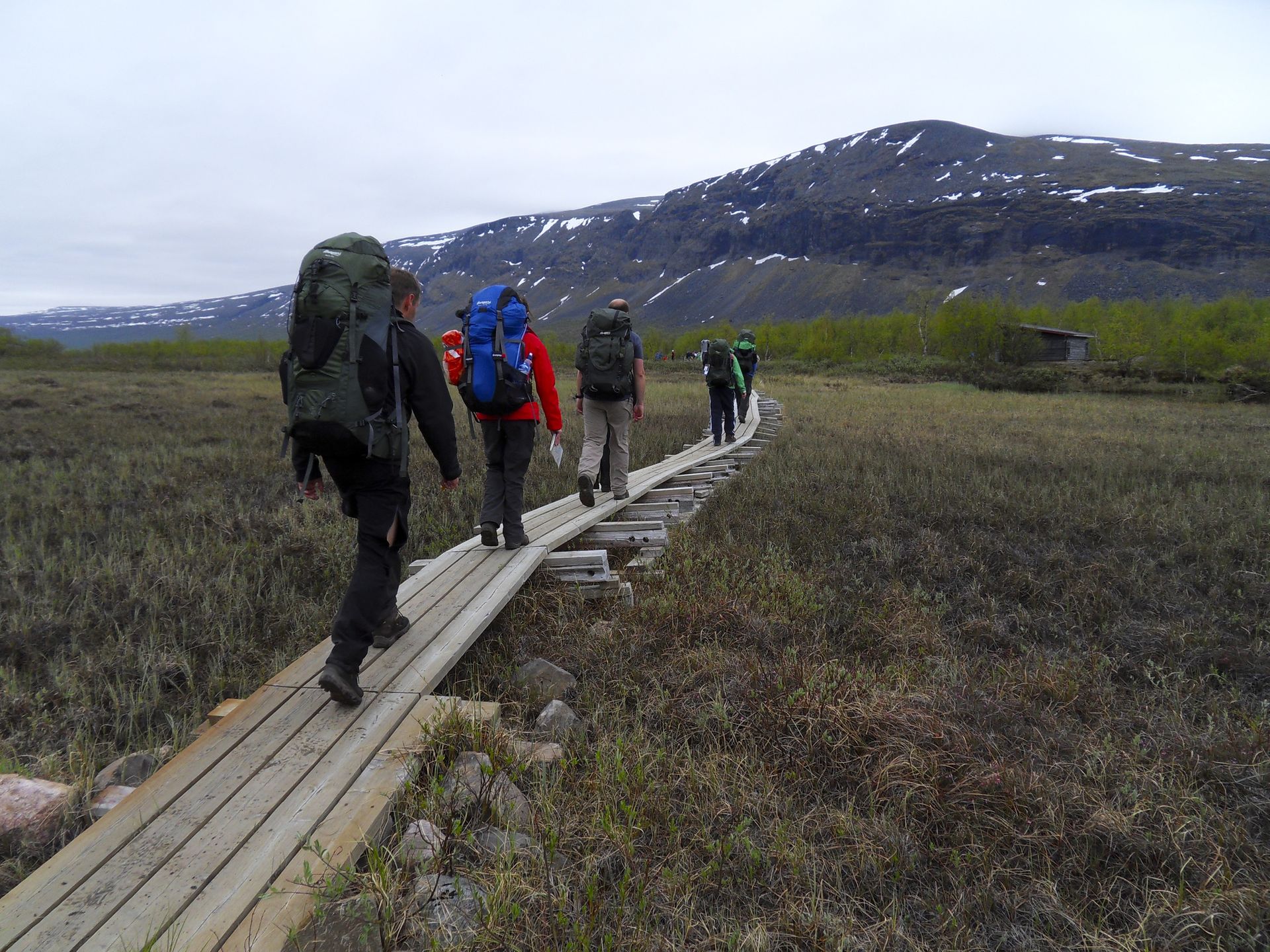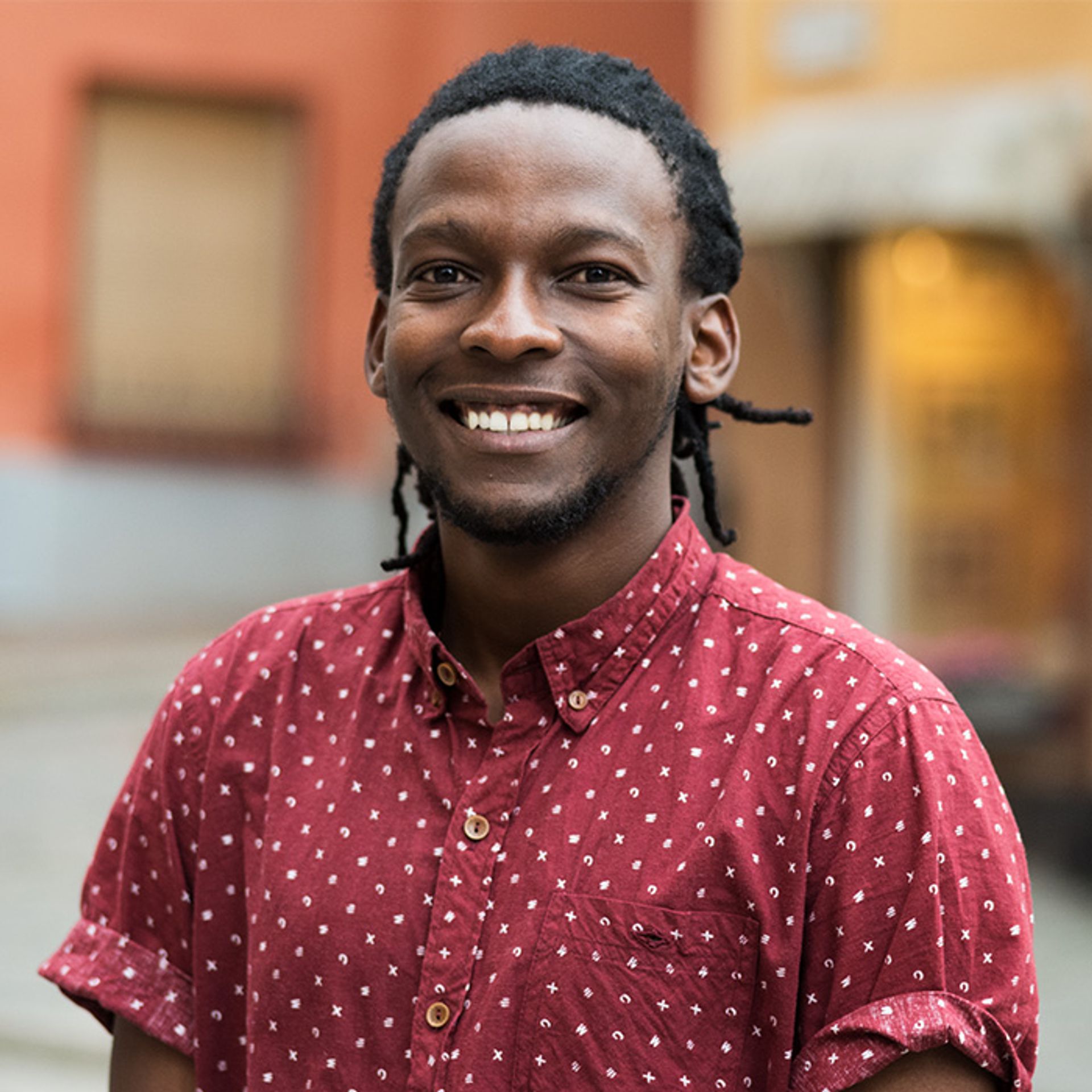
Written by Emma
05 Apr 2019
It will usually trick me once a fortnight or so.
I’ll be walking home from the train station at night, and as I walk over the river, onto the other side of the little city of Uppsala, I’ll see a patch of sky is lit up in a different way to the rest of it. I only notice it on overcast nights; a little way in the distance, just over there. A large plume of different coloured, brighter light. Whatever has happened in the day – tying myself up in knots over an essay not coming together quite right, or shoving my leg through a hole in my tights and ruining the third pair in as many days – seems to float away. I feel this huge surge of gratitude that I get to live here and see something like this. But then I slowly realise that it is not the Northern Lights which I can see above me, but rather the glow of floodlights at the football stadium just down the road.
You’d forgive me for being fooled. We live in one of the best places in the world to see them, watercolouring unexpectedly through nighttimes across the country. I’ve lived here since August 2017, and haven’t seen them once. Not for want of trying. During a work trip to Kiruna ↗️ in January 2018, my colleague Raeed and I interviewed staff and students at Luleå Institute of Technology’s Space Campus. One morning we were interviewing a Physicist, and alongside the script of questions we’d carefully crafted, we snuck in other queries about how to know when the Northern Lights will show up. “If it’s a clear night then there’s a good chance they’ll be visible. But you can never really know”, she’d said.
That night we wandered outside despite it being -29, watched the cloudless sky, waiting in vain for the colours to arrive.
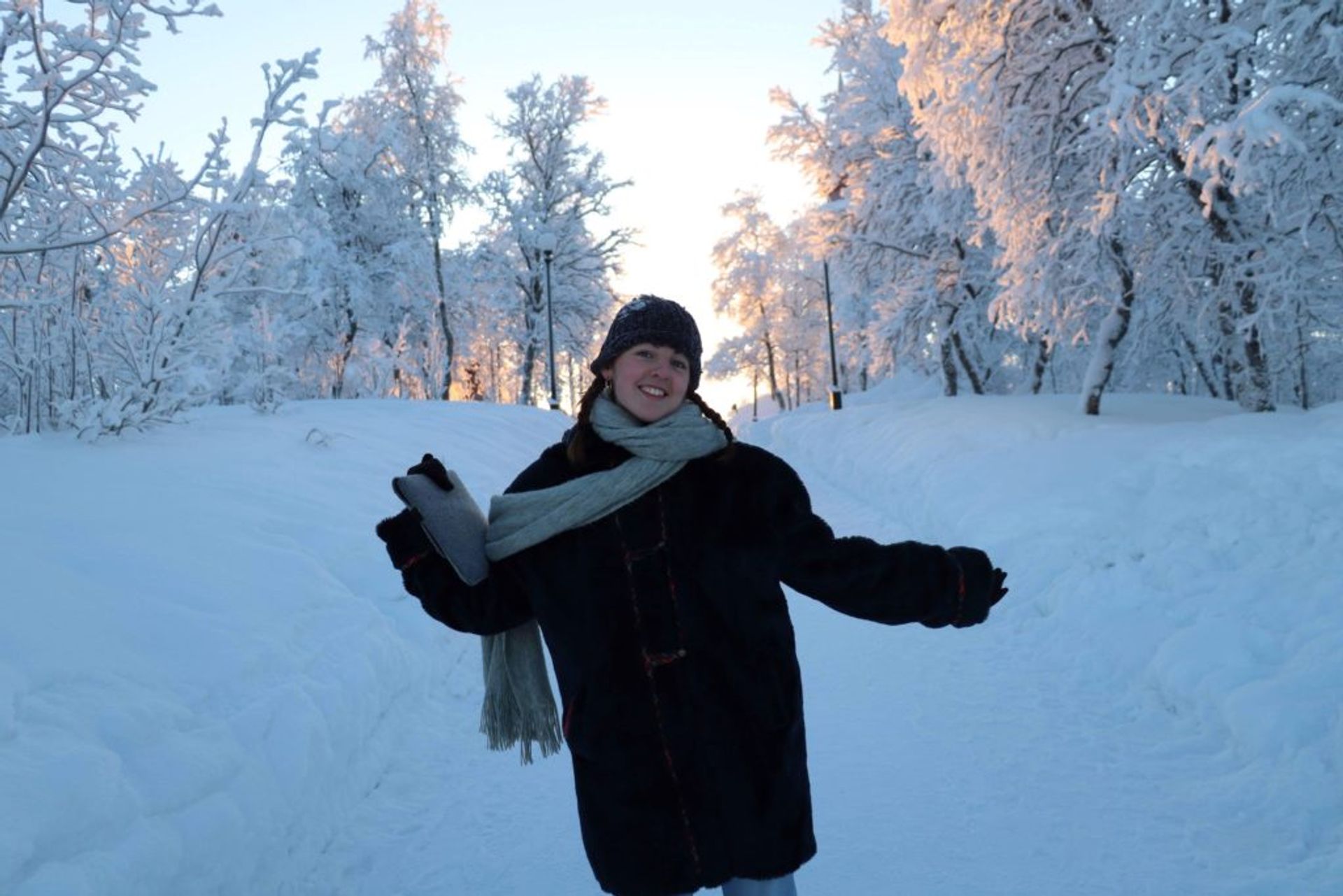
You don’t have to be in the Arctic Circle to see the Northern Lights. They can travel down as far south as Uppsala or Stockholm sometimes. In the last 1.5 years of my living here, the only night they made their way down Uppsala was a night when I’d fallen asleep with a plate of spring rolls on my chest. Still, I am buoyed by an optimism that I will see them at some point.
I think when people visit or move to study in Sweden, seeing and chasing the Northern Lights can become a kind of fixation.
Groups on Facebook dedicated to the hunt and organised tours to Lapland are plentiful. Whilst they are – I’m sure – amazing experiences (I feel the itch anytime the sky is clear at night), pinning your hopes on seeing green and blues dancing in the sky can be riddled with disappointment if they don’t come out to play. And ultimately, I think the more daily, subtle changes of light from Daylight Savings in March onwards, could be just as remarkable a thing.
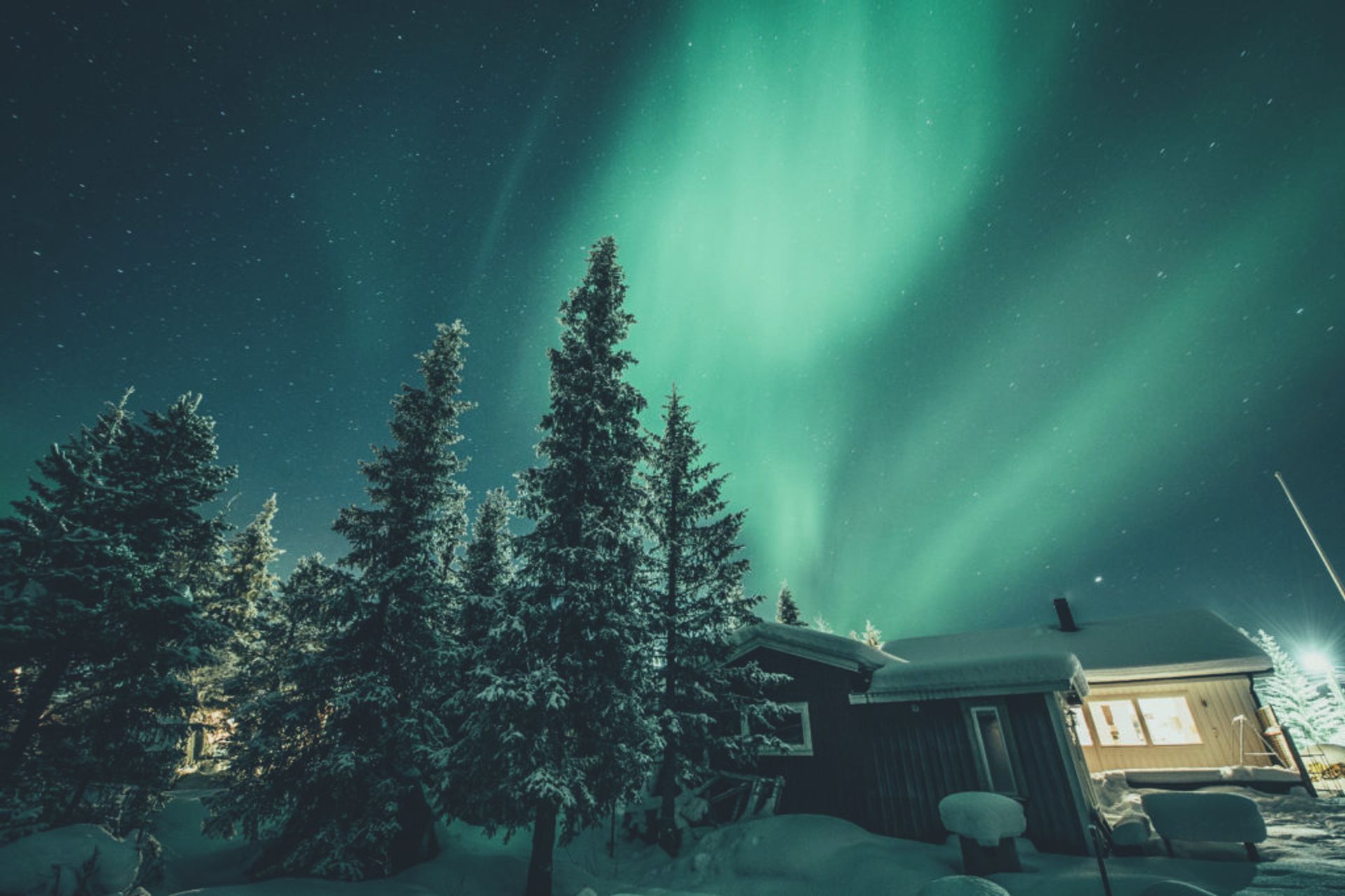
When the clocks change on the last Sunday in March,
you start to feel like you’re winning back morsels of daylight stolen from you in the winter. It’s the gift which keeps on giving, the daily addition of one or two minutes more sunlight across a stretch of several months. Before you know it it’s 4am in June, and a drunken walk home from the club with friends leads to a pit-stop in a city park, swinging in the hammocks, singing softly together at the sunrise.
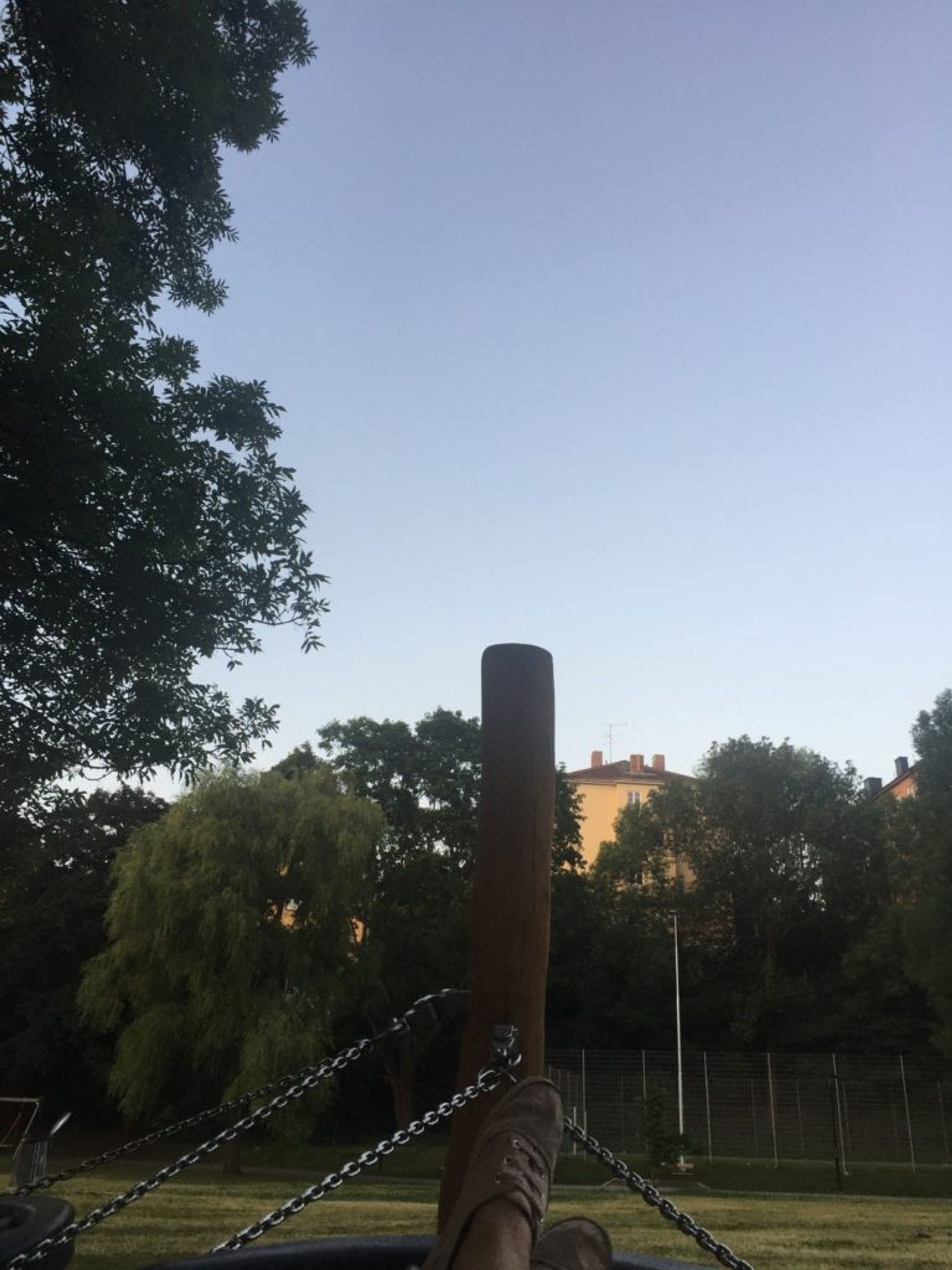
The difference between the seasons is startling. The very fabric of the culture itself seems to shift and grapple under the changing light. Different rituals and customs seem to come subtly to the fore. Small behaviours start to emerge again, thawing out from the winter.
Swedish friends will screenshot weather reports, adding them to their Instagram stories and circling the “solnedgång” (sunset time) enthusiastically, exclaiming over every extra glimmer we get. Corner shops will valiantly declare “Halva priset!” on all ice creams, despite the fact that extra sun-time does not necessarily mean extra warmth, and it’s only 7 degrees outside. Leaving the library at 19:00 two nights ago, I saw a couple striding hand in hand holding half priced Magnums, their torsos still tucked into their winter coats, but their faces beaming in the direction of the setting sun. People stop dead-still in the street, interrupting the direction of their walk to nestle into the corner of a building, closing their eyes and taking in as much light as they can. If Swedes were less trustworthy people, those who drop their bags to the floor during these moments of sun-consumption might open their eyes 10 minutes later to find their possessions gone.
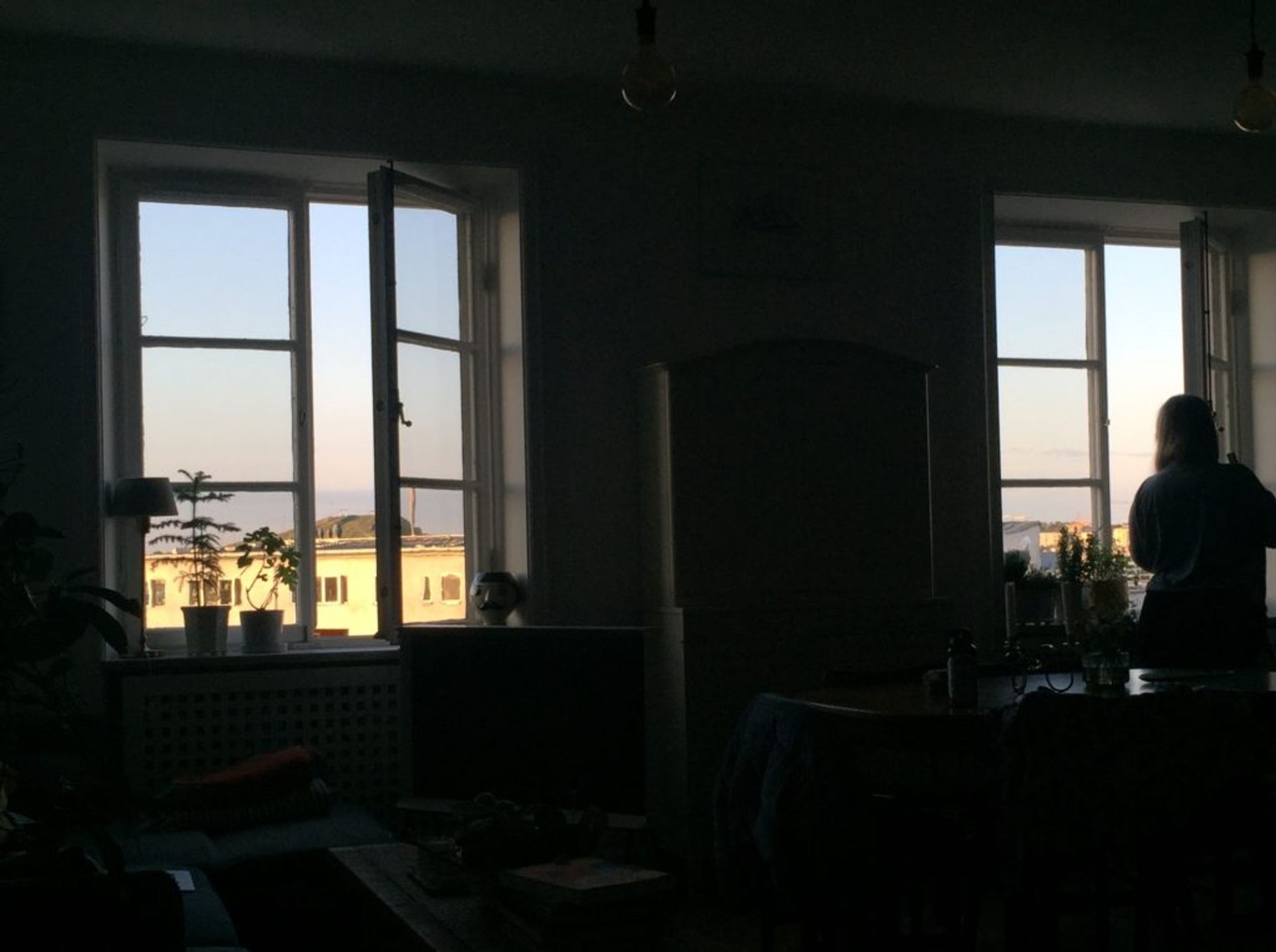
The introduction of more and more light in the spring is so refreshing.
I almost feel like it should be celebrated by making Daylight Savings some kind of national holiday. On the Sunday of Daylight Savings in 2018, I had two friends visiting from France and the UK. I took them on a ferry in Stockholm between the different islands, with the sun high in the sky and beaming down on us all. At 6:30pm, it was still hanging there in the sky, and we sat by the water as I nursed my tender-feeling face. The combination of salty water splashing around us and intense sunlight had made me feel like I had slight skin damage, the suggestion of sunburn starting to flirt on my face. The feeling was intoxicating. Even remembering it now makes my skin start to tingle.
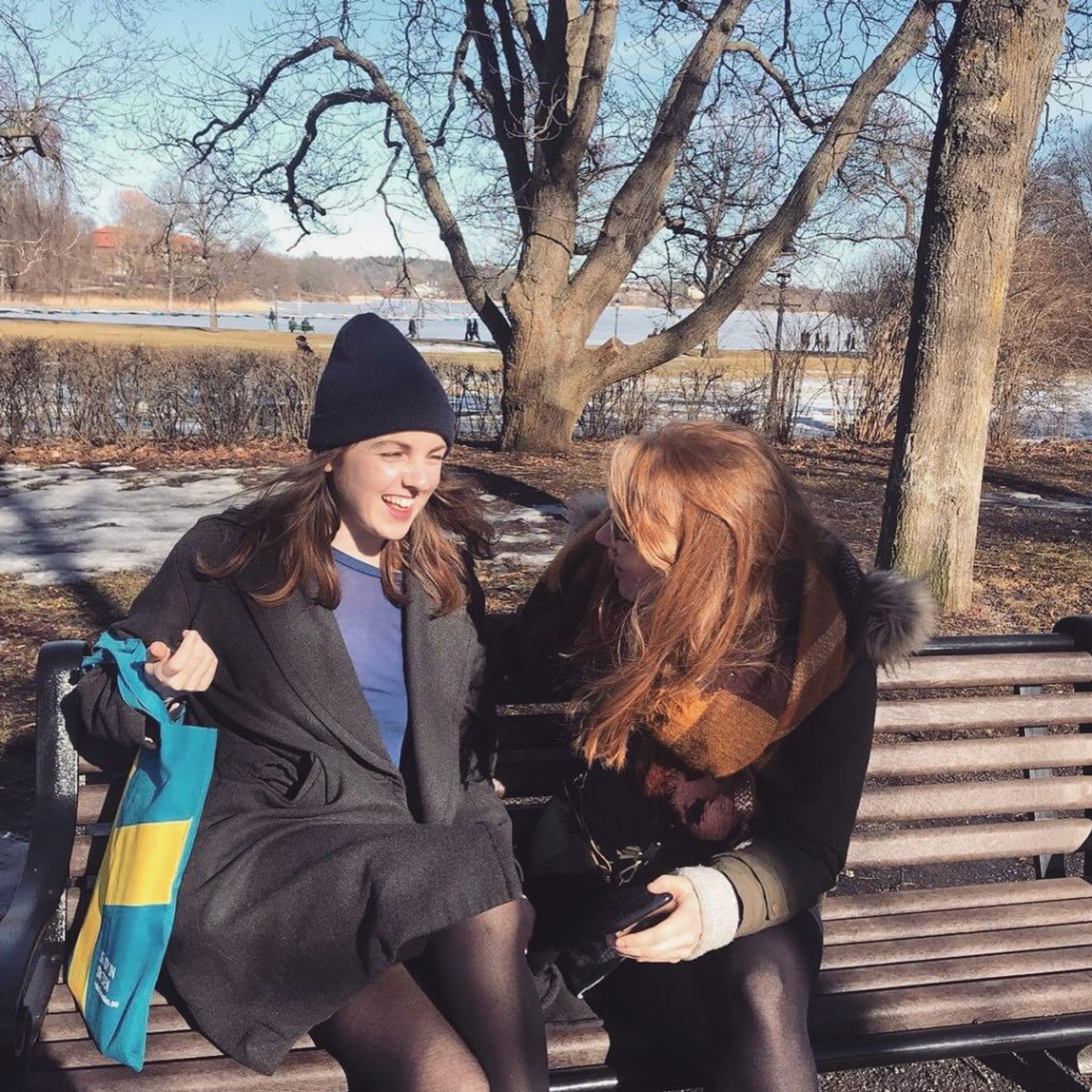
The night before the clocks had changed we’d been staying on a boat-cum-hostel in one of the city’s harbours. It was reasonably priced for a student budget, and still near a lot of the city’s nightlife. The cabin was dark, dingy, the circular window bobbing right at sea-level. Between very questionably portioned vodka mixers and some classic 00’s bangers, the little room was bustling with laughter, but there was an undertone of it feeling dark and dingy and claustrophobic. That experience in the little cabin kind of felt like the entire experience of Sweden in the winter – the darkness making everything cosy but simultaneously overbearing. The next day, with the added hour of sun stolen from an hour of sleep, it felt like somehow in the night we’d sailed into another country. The sun setting against yellow and pale blue buildings gave the evening a different texture. Being able to walk around outside in the light for even just an hour longer made the day feel boundless with possibility.
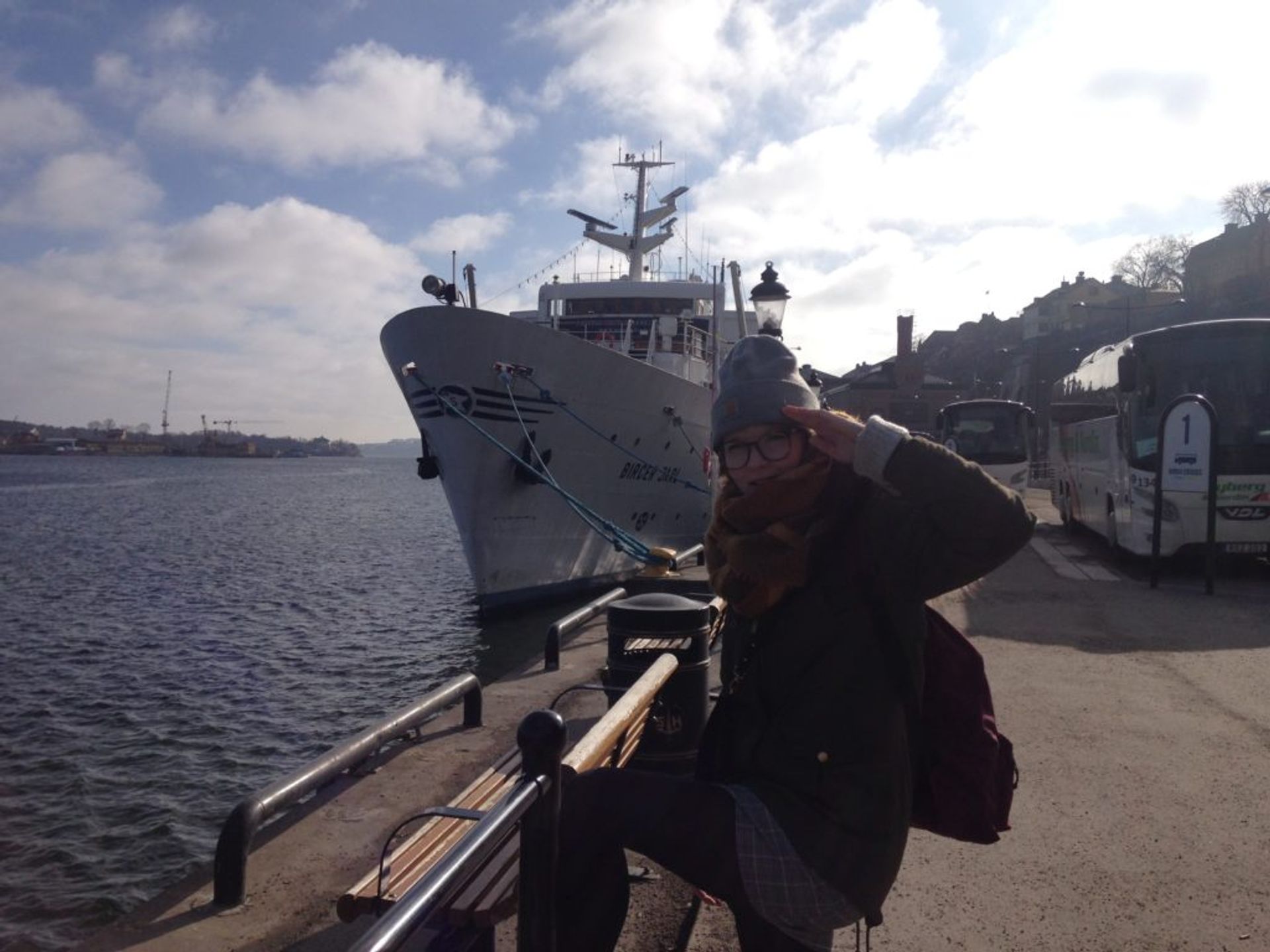
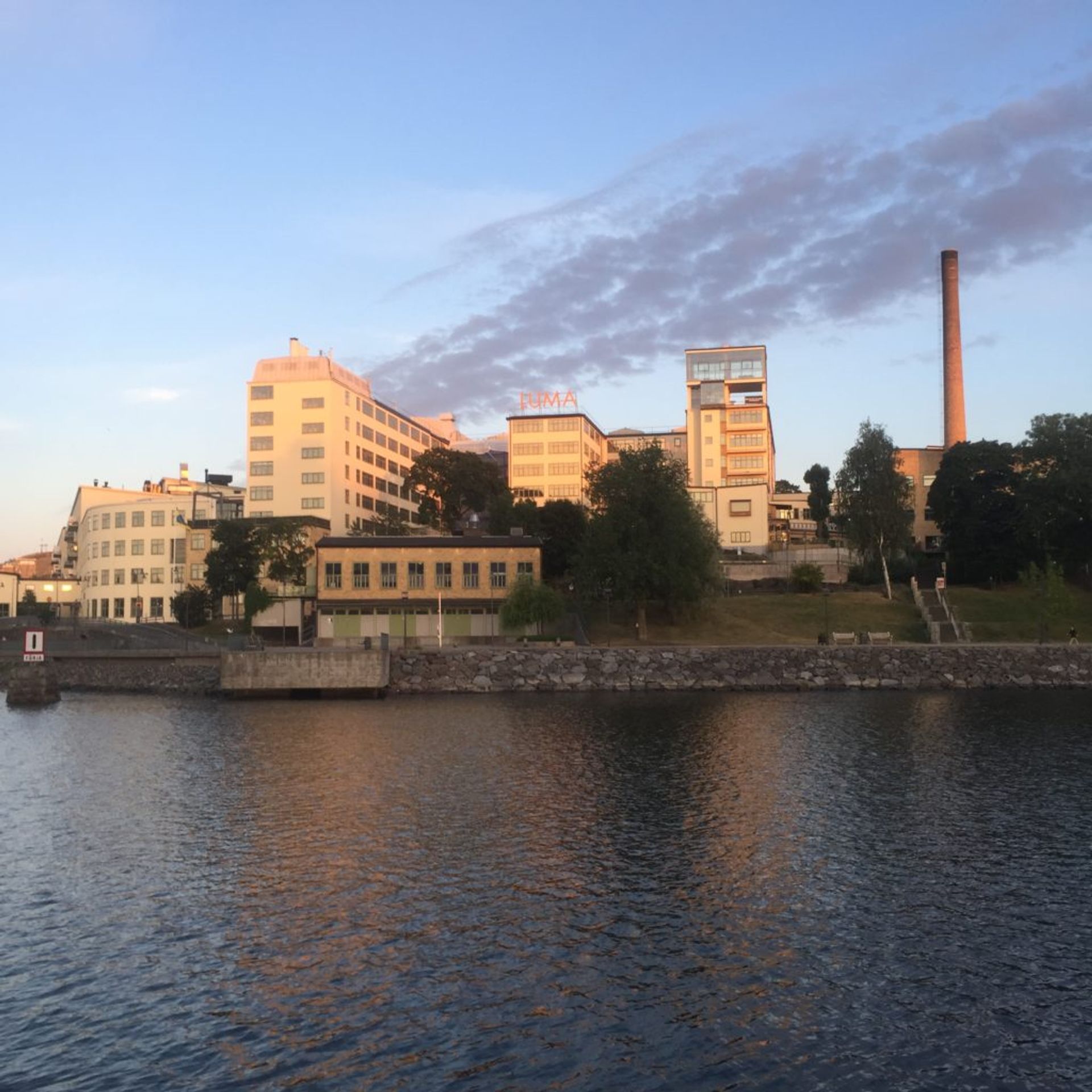
On Daylight Savings this year,
I wrote to my friends on my programme, asking if they wanted to have a little Daylight Savings Fest (“Fest” being Swedish for “party”). The Swedish member of the group, Ullis, told her boyfriend we were going to have this little get-together to celebrate the day. He asked in response, “….is that something we do here?”
Armed with towels and a buzzing in our bellies, we hopped on the 401 bus to a little sauna on a lake. After 30 minutes of sweating out every toxin and sin imaginable from our bodies, we all charged outside to the water. The sun was light in the sky, bouncing off of the water with an intensity which made me feel like it just hadn’t been around at all in the winter. Of course it been around – I remembered crisp winter days with the sun’s light reflecting off of the snow – a comforting sensation alongside the frost intensely freezing my nostril hairs, twining them together. But something about today, Daylight Savings, the day being ripe with the potential of summer and all the subsequent days to come, felt dizzying. I felt drunk with the excitement of it.
Normally (being a huge coward) I would dither about dipping a toe into zero degree water. But wanting to honour the ushering in of the spring, I followed my friend Ullis straight into the lake, dunking my body under and under again. It was cold, there is no romanticising it. Parts of my body felt like they had inverted in on themselves, and would take a lot of apologising and coaxing out to ever appear again. We all scattered about on the rocks afterwards, leaving wet footprints and laughing about how new and fuzzy and exhilarated we all felt. As I scurried for my towel, I turned to Ullis and said, “I think that’s the bravest I’ve ever been?” She laughed so much in response because, I think, she could see how true that was from my ecstatic reaction. I’d wanted to honour the day, a kind of giving thanks to the spring and the promise of more days like this. The promise that we wouldn’t take the spring and the coming light for granted.
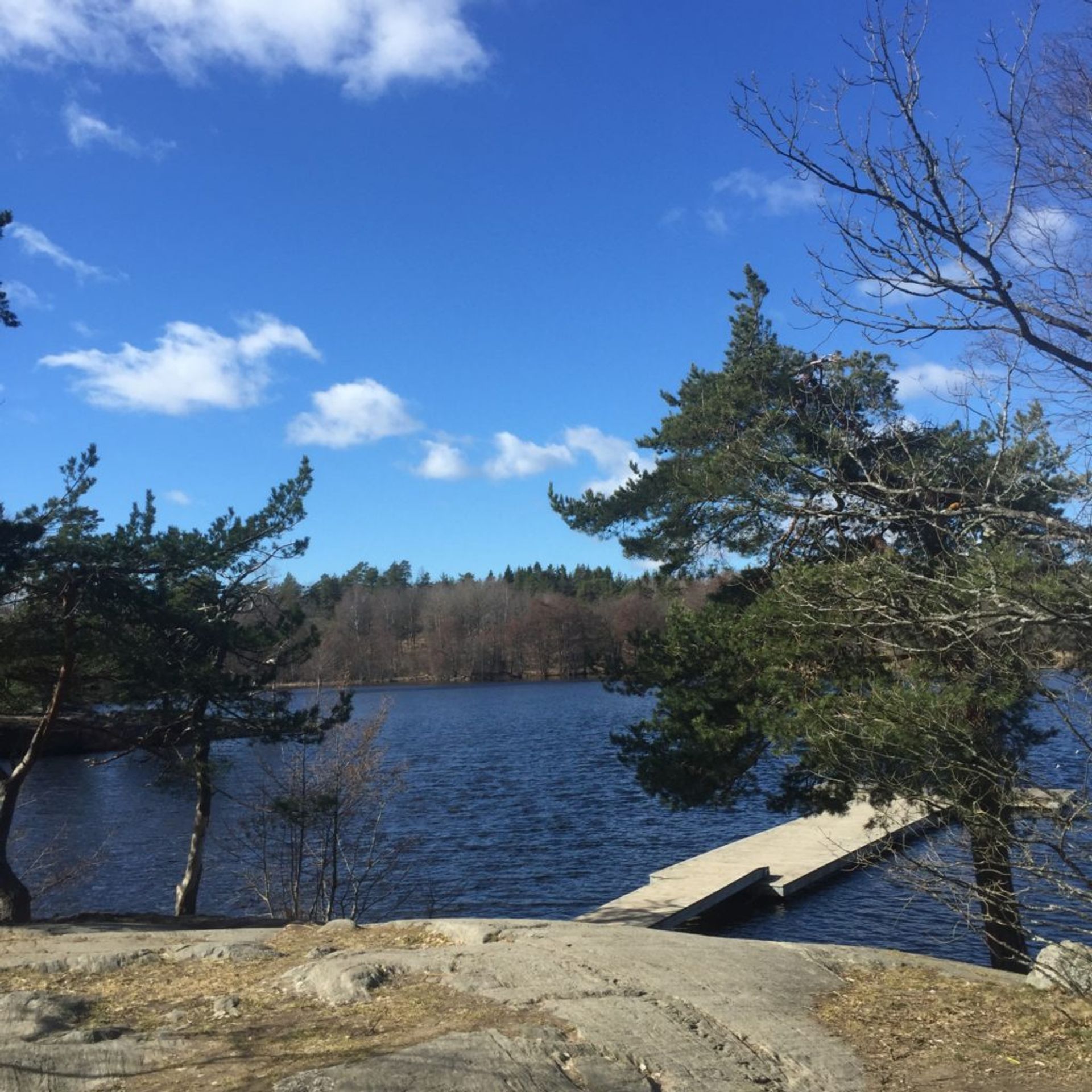
Though you can feel like the change of light is something which happens to you, I think there’s a kind of gorgeous political potential vested in the light.
The Swedes have perfected the art of being slow with different types of light, appreciating both the dark and the light for what they are. The world we live in now seems to want us to move as fast as possible all the time. Always be reachable online for your friends in a group project to contact you. Always be planning your next career step or internship. Always be updating your CV on LinkedIn. Always be striving to improve yourself in one way or another. The severity of the light between the seasons, I feel, forces Swedes to slow down. In extreme lighting conditions, you can’t always be productive. In the winter, it might be scattering your student room with candles and blankets, having dinner at 6pm and calling it a night. In the summer, it might be heading out to the west coast during six weeks of summer breaks, playing kubb on the lawn or swimming in the sea or hiking along rust-coloured rocks, away and into the uncontactable forest.
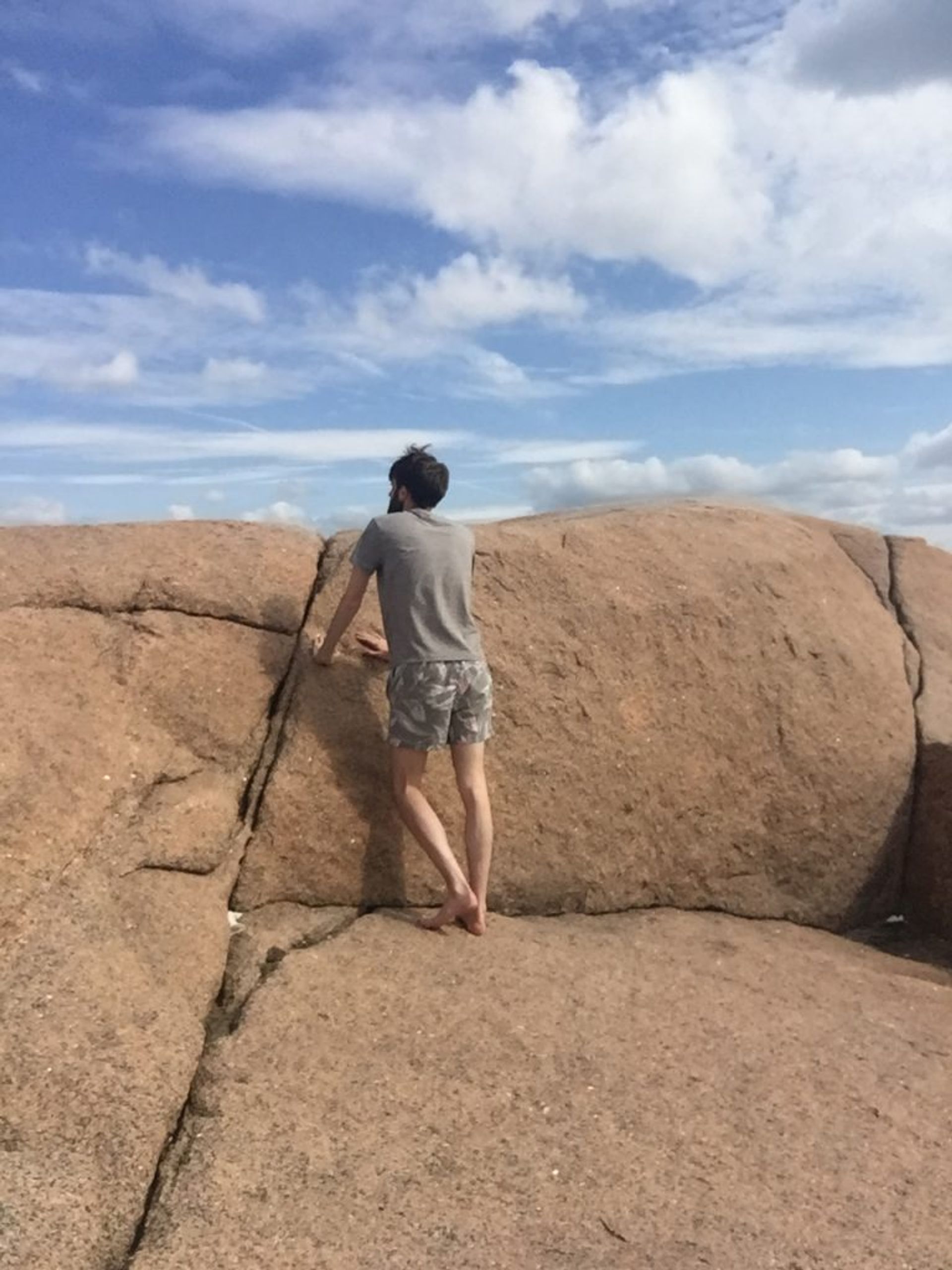
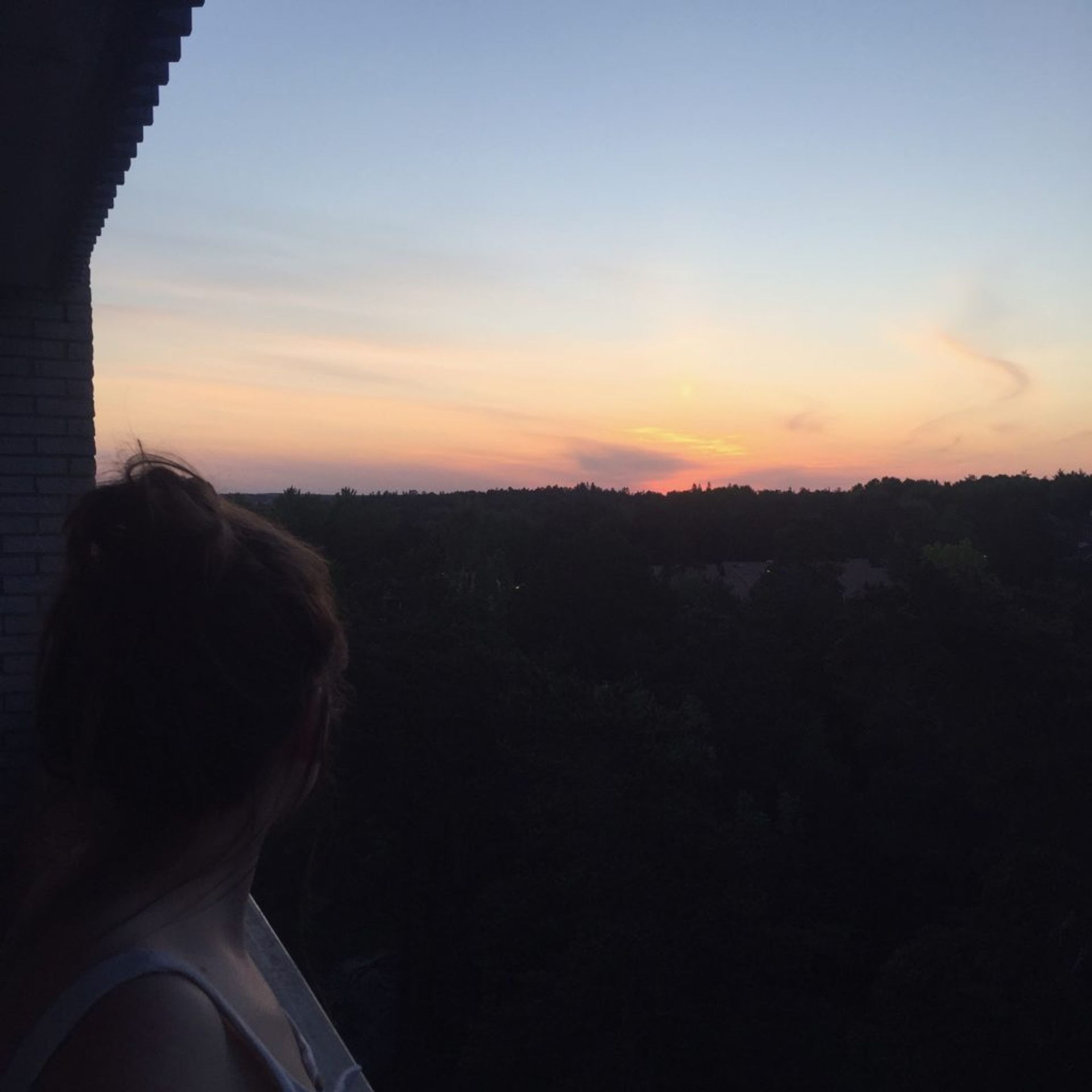
In the summer light, I feel safe in a way that I haven’t before in other countries. Walking home from the club at 3am with friends, I know I have the sky and the sunrise on my side. As I’m sure many women and people from lots of different backgrounds and identities can attest to, walking home alone at night can feel bad. In the dark, you perhaps only have the mantra of your friend saying “Text me when you’re home” and a key shoved between the fingers of your fist to reassure you. In Sweden, the lighting design along the streets straddles lamps across the road, lighting up the route. It’s comforting, even in the dark winter, like the whole street is your living room, the lamp delicately swinging and fanning out light from the middle. In the summer, the sun seems to always be there, hugging you from the corners of the horizon. Guiding the way home when you need it, facilitating long, rambling chats on your friend’s balcony, hours into the balmy night.
And after long days studying in the library, you leave the big doors at 7pm on an April, May, June or July night to find it still light outside. You ask your friend if you want to go and get an ice cream. There’s still so much of the night left to come.
